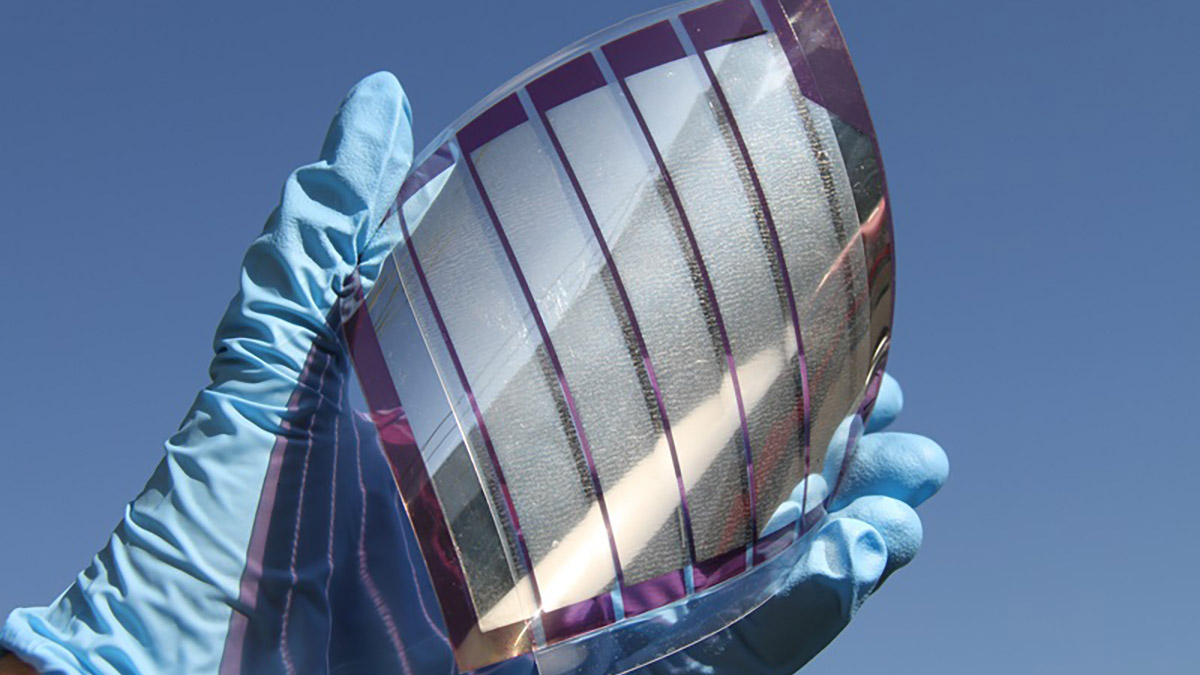Share This Article
Ultrathin solar cells can be applied to any surface
Scientists at MIT have developed solar cells that can generate 18 times more energy than conventional panels. They are also ultrathin and can be applied to a variety of surfaces, including fabric. They are also 100 times lighter than conventional solar panels.
A group of American researchers worked on innovative cell production technology. Their main task was to turn any object into a full-fledged energy source. As a result, scientists from the Massachusetts Institute of Physics and Technology managed to create elements that are thinner than a human hair. They can be applied to the fabric and then to the desired surface. It is important that the latter is stationary. Tissue-based elements are a convenient way to provide energy in extreme conditions, for example in first aid.
A special printing process using nano-ink has been developed for production. It allows the elements to be applied to large areas of thin fabric and then placed on a variety of surfaces. The ultrathin panels can be attached to the sail of a yacht to generate electricity to power the vessel. The elements will also be useful for camping and traveling. They can be placed on the surface of a tent. Another advantage of the novelty is the ease of installation.

New material for solar cells
The disadvantage of standard silicon solar panels is their fragility. To protect them, they are placed in a glass case with a thick aluminum frame. This increases the strength of the cells but makes them difficult to install and limits the choice of surfaces on which to mount them. The MIT development has no such problems because it uses electronic inks made of nanomaterials. Using screen printing, the scientists were able to create a unique structure. The device applies the nanomaterial in multiple layers to a special removable substrate. This simplifies the printing process and also makes it easy to separate the module, which is only 15 microns thick, from the surface.
The main problem with ultrathin wafers was the risk of tearing the elements during the operation. The team of scientists, therefore, spent a long time choosing a material for the substrate that would be both lightweight and durable. After a series of tests, they settled on a Dyneema fabric that makes the elements more resistant to damage without weighing them down. This composite material weighs only 13 grams per square meter and is made of high-strength fibers. The ropes used to raise the Costa Concordia cruise ship, which sank off the Italian coast in 2012, were made from this very fabric. An adhesive that cures under ultraviolet light was chosen to attach the solar panels to the fabric.

